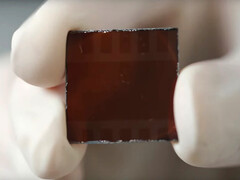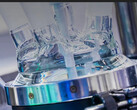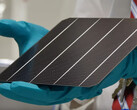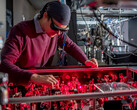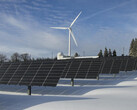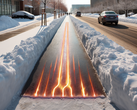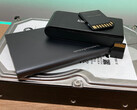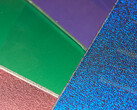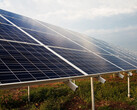Perovskite crystals are attacked both chemically and structurally. The crystals decompose if they are not well protected, which greatly impairs their longevity.
Packing the material, which is responsible for converting photons into electricity, thickly in turn reduces efficiency. For example, an extremely durable perovskite solar cell was recently presented. However, it can barely offer half the efficiency of a silicon-based solar module.
This sounds very different in the study by Rice University, Texas. The efficiency of their solar module is given as over 24 percent - more than current commercial solar systems.
At the same time, in a stress test at 85 °C (185 °F) and 1,000 hours of full utilization, it only lost 3 percent of its output. Based on 24 percent, 23.3 percent remained after the ordeal, which is intended to simulate several years of use.
This was achieved by combining perovskite crystals with another crystal consisting of formamidinium, lead and iodine. A two-dimensional layer of perovskite served as the basis on which the second crystal could grow.
Both components were able to gain stability, which the substances do not have individually. However, their structures complemented each other perfectly during the process. Normally, two days in sunlight should be enough to detect the first damage in the crystal lattice. The new cell consisting of both crystals was still flawless after three weeks.
And the method presented for producing durable perovskite cells has another advantage: Temperatures of 150 °C (300 °F) are sufficient, which not only makes production more cost-effective, but also allows, for example, the use of flexible materials as the basis for the solar cells.
However, the research team still needs to work on the size of their solar modules. The effective usable area of their highly stable cell is just 0.5 square centimeters (0.08 square inch). Even the highest efficiency does not help much here.
Are you a techie who knows how to write? Then join our Team! Wanted:
- News Writer
Details here


 Deutsch
Deutsch English
English Español
Español Français
Français Italiano
Italiano Nederlands
Nederlands Polski
Polski Português
Português Русский
Русский Türkçe
Türkçe Svenska
Svenska Chinese
Chinese Magyar
Magyar